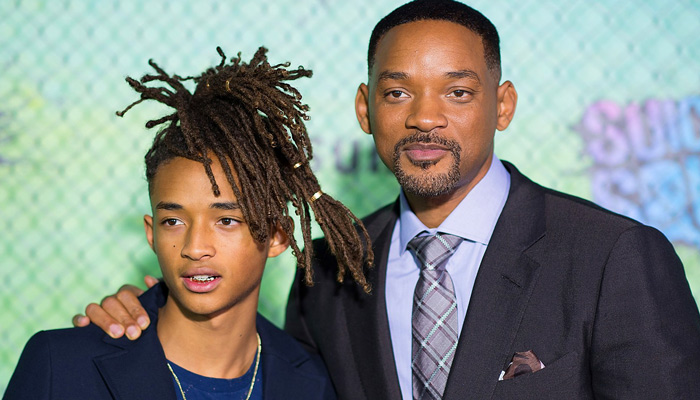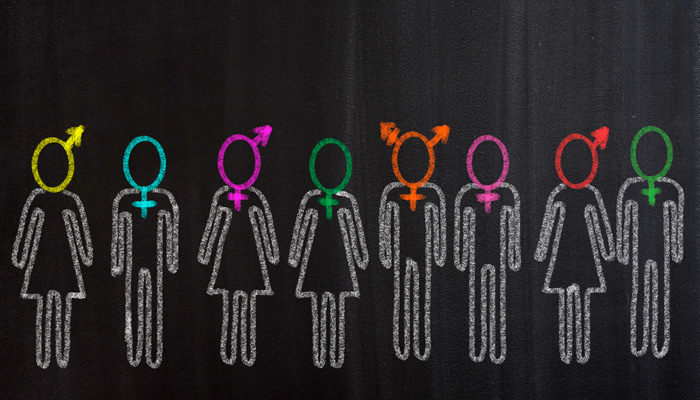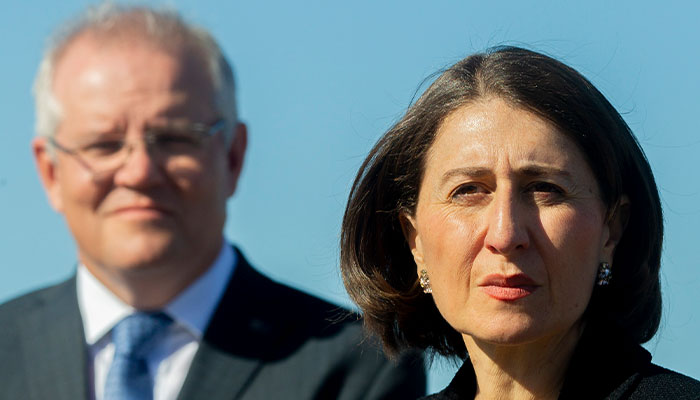Rather than “he” or “she”, “they” or “ze” have become the pronouns of choice for those members of Generation Z who say they do not identify as strictly male or female, masculine or feminine.

Role model: the son of actors Will Smith and Jada Pinkett modelled women’s clothing for Louis Vuitton in 2016.
Terms such as bi-gender, pangender and gender queer have emerged alongside neutrois, two-spirit and androgyne as the new ways of expressing gender.
The numbers are stacking up
A US survey found that 56 per cent of 13 to 20 year-olds know someone who goes by a gender-neutral pronoun. In Australia, surveys have identified more than 50 gender expressions including cisgender, the term used for those whose identity matches their birth sex, while Facebook users in the UK and US have 71 options to choose from. Anecdotally, teenagers are changing their names to neutral monikers that better suit their non-binary gender.
This up-ending approach to gender is a defining characteristic of the generation born between 1995 and 2010. Role models include Jaden Smith, the son of actors Will Smith and Jada Pinkett who modelled women’s clothing for Louis Vuitton.
...we have been on a trajectory that suggests we are trying to become more ethically aware of issues to do with identity and difference.
While the health system has mobilised to put support systems in place, conservatives are in uproar and Gen X parents are struggling to sort out how much is fad versus fact. But it’s a road, says Macquarie University’s Doctor Anthony Lambert, that we’ve been on for decades and that has now intersected with social media and an unprecedented ability for young people to express and share ideas.
“What I would say now is if people see more people that seem to be expressing what they want to express, then they will express it,” says Lambert, a senior lecturer in the department of media, music, communication and cultural studies.
“If we went back 100 years, women can’t vote, indigenous people are virtually not existing for the purpose of census material, homosexuality is illegal … we have been on a trajectory that suggests we are trying to become more ethically aware of issues to do with identity and difference.”
X marks the spot
Lambert says the visibility of queer politics in the past 20 years has changed everything. And, he points out, generations prior to the Zeds mounted their own challenges to gender conformity.
“We went through the whole emo phase, the grunge phase, a range of different things and if you take all of them together they really were taking us somewhere where we were starting to question the validity of really strict versions of gender and how they work.
“The ‘60s and ‘70s were very revolutionary periods around gender roles and the expression of sexuality. It’s a slow burn but I think what we’re seeing is a reflection of what was happening then; social changes, legal changes, political changes, and just changes in the way we perceive ourselves.”
- How is interstellar dust formed?
- Solving the problem of honey bee colony collapse
- Positive online hotel reviews have more clout than the complainers
With transgender awareness now in the mainstream, Australia’s 2016 census for the first time made it possible for people to report a sex other than male or female. Passports, too, now allow an X option alongside the traditional M and F.

A rainbow of choices: Facebook users in the UK and US have 71 options to choose from to express their gender.
Confusion meets kindness
Lambert believes we will only see more of this official acceptance of difference, as well as gender-neutral bathrooms in public places.
But with change comes resistance, and the idea that young people today might move between or outside the male-female binary has, for more conservative people, scary implications for the status quo, “even more scary than someone saying I’m homosexual or I’m lesbian or I’m bisexual or I’m transgender, because often when you get someone transgender, they’re moving from one gender to another, they’re not necessarily just inbetween,” says Lambert.
“It’s ok to have lots of gay people and ok to have lots of straight people as long we all stick to our teams, as long as we stick to our gendered assignment and to our chosen sexuality and there’s no confusion.
“But maybe what we’re going towards is more respect for confusion.”
It’s a slow burn but I think what we’re seeing is a reflection of what was happening then; social changes, legal changes, political changes, and just changes in the way we perceive ourselves
For confused parents of Gen Z children who no longer want to be called “daughter” or “son” or even by their birth name, Lambert advises being supportive and points to the dangers of not being so, borne out by decades of data showing the risk of self-harm and suicide among young people struggling with their sexual or gender identity.
“Just be kind and ask questions rather than shutting someone down, and don’t fall into the trap of saying ‘it’s something they’ll get over’,” he says.
“Get information, speak to doctors, speak to counsellors, and create a safe environment for someone to express the fact that they feel different. Whether it goes anywhere or not isn’t really the point, it’s about making sure people feel comfortable enough to express themselves in certain ways.”



